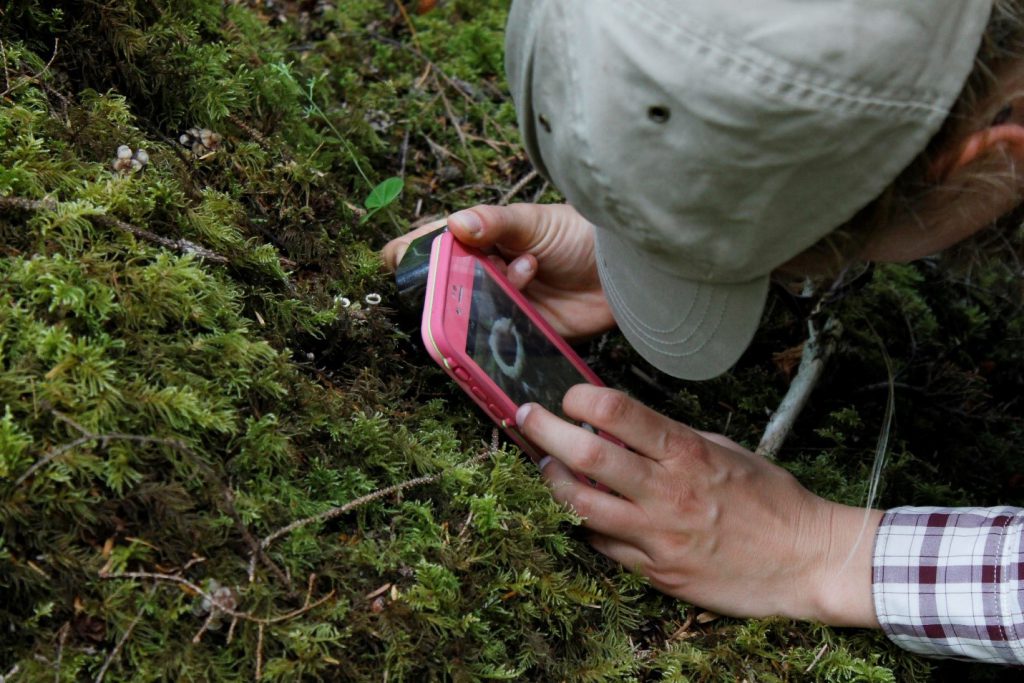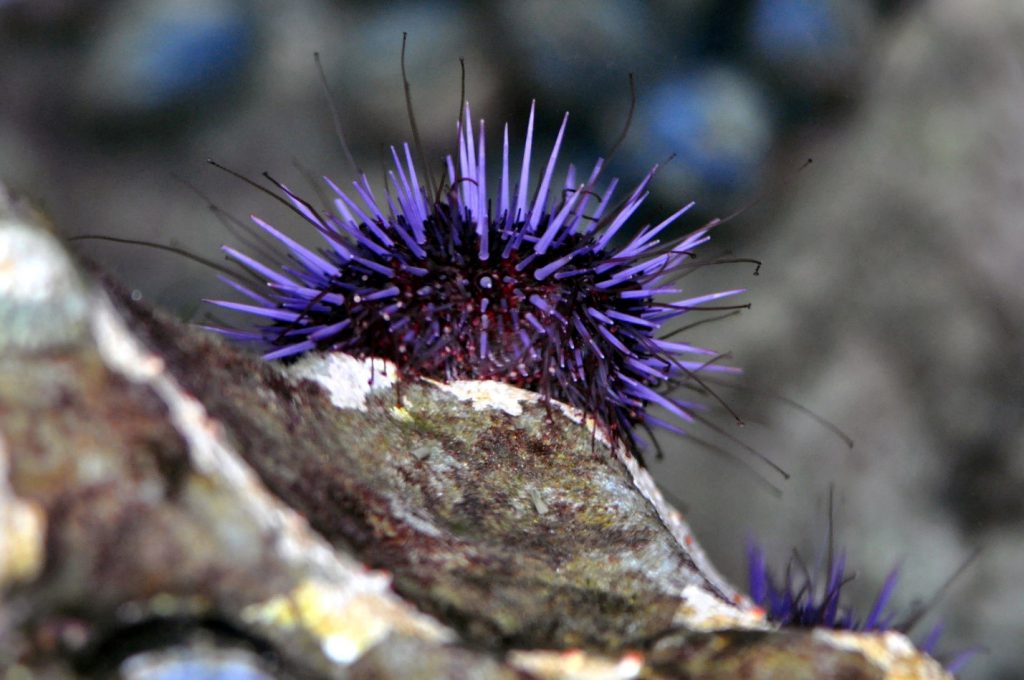What Are We Protecting In Our Provincial Parks?
Categories:
More than 14 million hectares of provincial parks and protected areas in B.C. have been established in large part to help protect the province’s stunning biodiversity. Of all the provinces and territories in Canada, B.C. has the most diverse species and ecosystems (or biodiversity), and it also has the most protected land.
To help understand how well that land is protecting biodiversity, BC Parks needs to know more about the plants, animals and other living things that are found in our parks. Maintaining B.C.’s biodiversity is essential to keep our ecosystems healthy as the climate changes and to protect our province’s supply of clean air and water. So with the support of many partners, and funding through the BC Parks Licence Plate Program, BC Parks is working on building a better picture of what is protected in our parks.

Some of that is done by partnering with professional biologists to bring inventory programs into parks, so we know more about the role parks play in protecting species of interest. For example, biologists used eDNA in Gilnockie Park, and found a previously unknown population of Rocky Mountain Tailed Frogs – the only one known so far in a protected area. Biologists also partnered with the Haida Nation to map the ecosystems in Naikoon Park in Haida Gwaii. Since the launch of the licence plate program, we have worked with other experts from partner organizations to do targeted, formal inventory of small and large mammals, reptiles, amphibians, ecosystems and plant and insect bioblitzes in close to 100 protected areas.
To really understand what is in parks throughout the province, however, we need help from all British Columbians. In spring 2019, we created a project with iNaturalist to capture observations of species. By taking pictures in parks, and uploading to the iNaturalist app or website, anyone can help document biodiversity. In under a year, the project has amassed thousands of species observations. Our next steps are to get the word out to interested citizens across the province, take those observations of species, and use them to answer scientific questions that can help us understand what biodiversity we are protecting in parks, and how that changes over time. This project has gotten its start with funding from the BC Parks Licence Plate Program, BC Parks Living Lab for Climate Change and Conservation Program, and contributions from partners including the University of Victoria, Simon Fraser University and the BC Parks Foundation.

Parks are for people too, and we use inventory to ensure that the recreational opportunities we create have the least impact possible on rare or at-risk species. For example, before adding cabins at Cultus Lake Provincial Park, we did an inventory of endangered Oregon Forestsnail and their habitat – a species that has very little habitat left in Canada. Once that was done, construction could proceed in a way that avoided those areas that are so critical for the continued wellbeing of Oregon Forestsnail in B.C.
The BC Parks Licence Plate Program has been critical for moving our inventory program forward. We want to send thanks to everyone who has shown their support by purchasing one of these plates. It is really making a difference.




